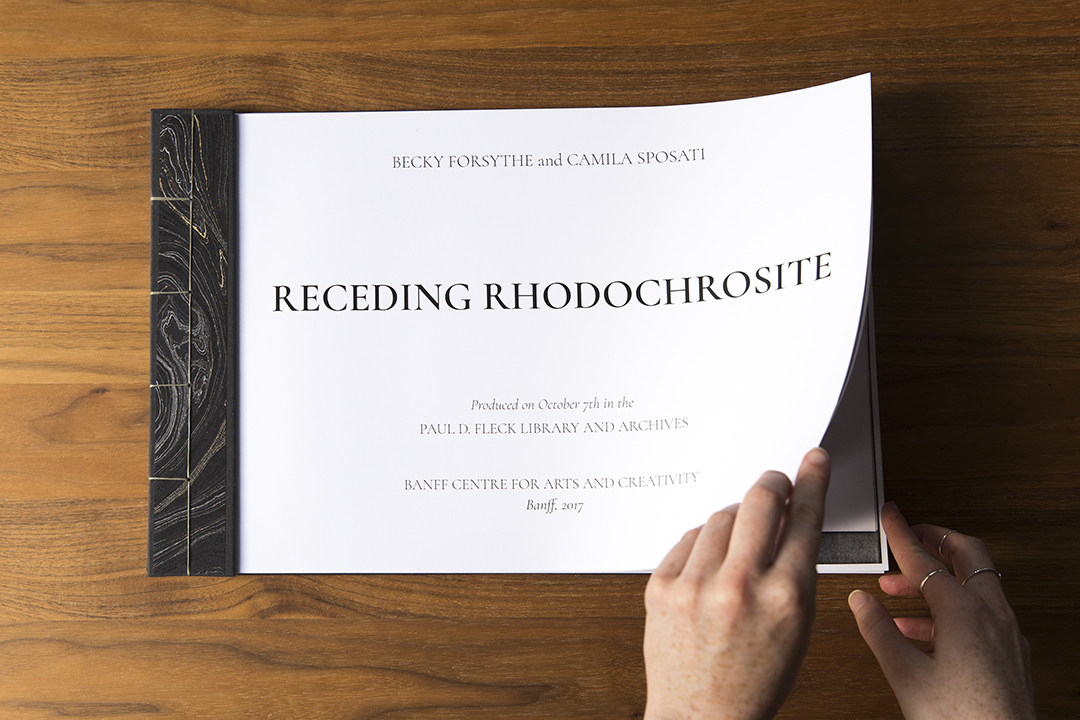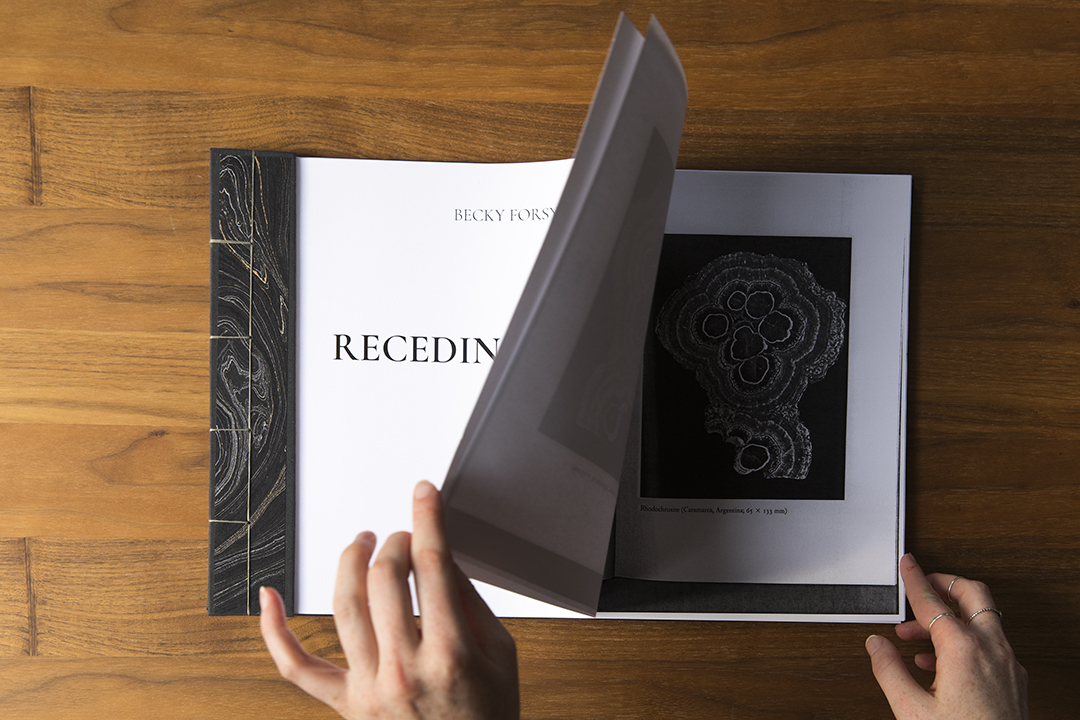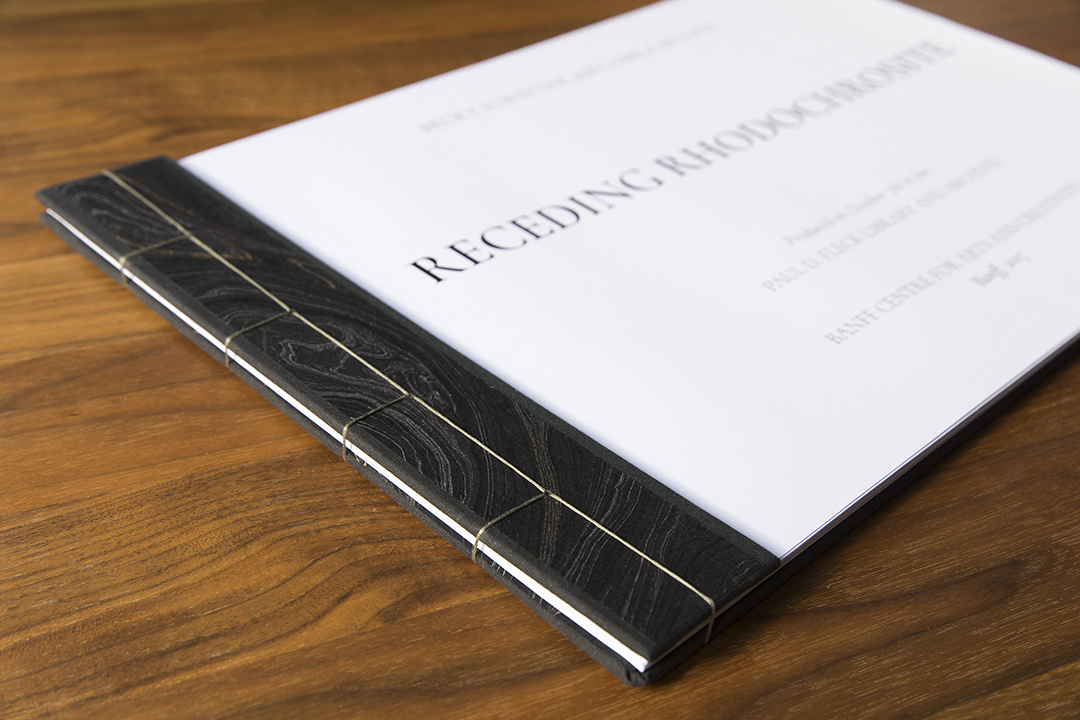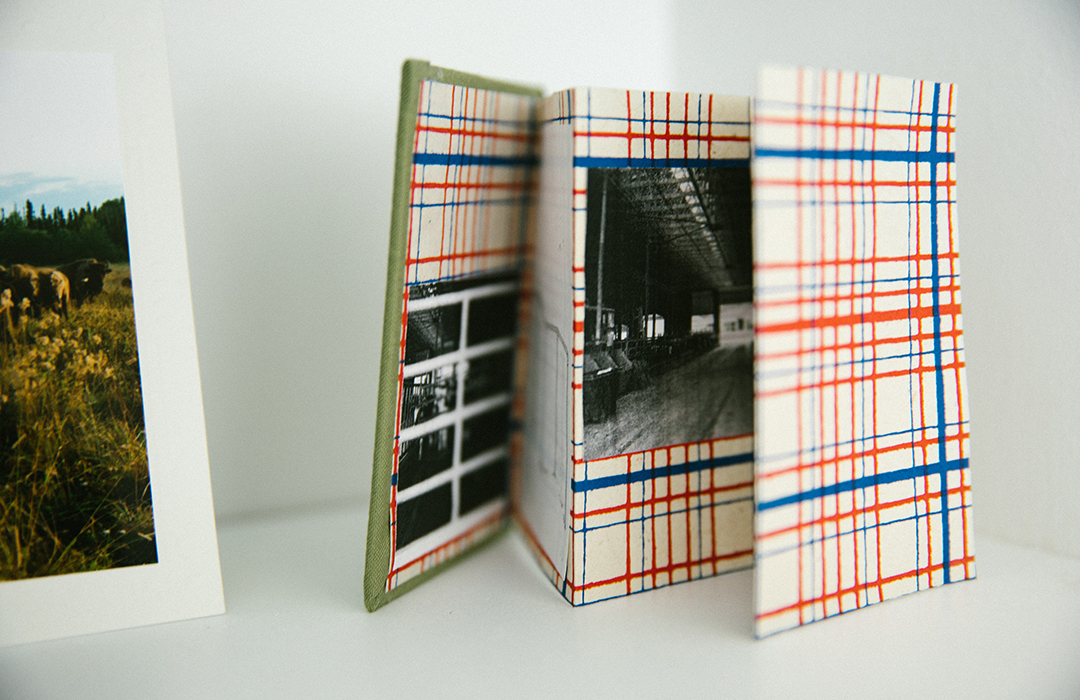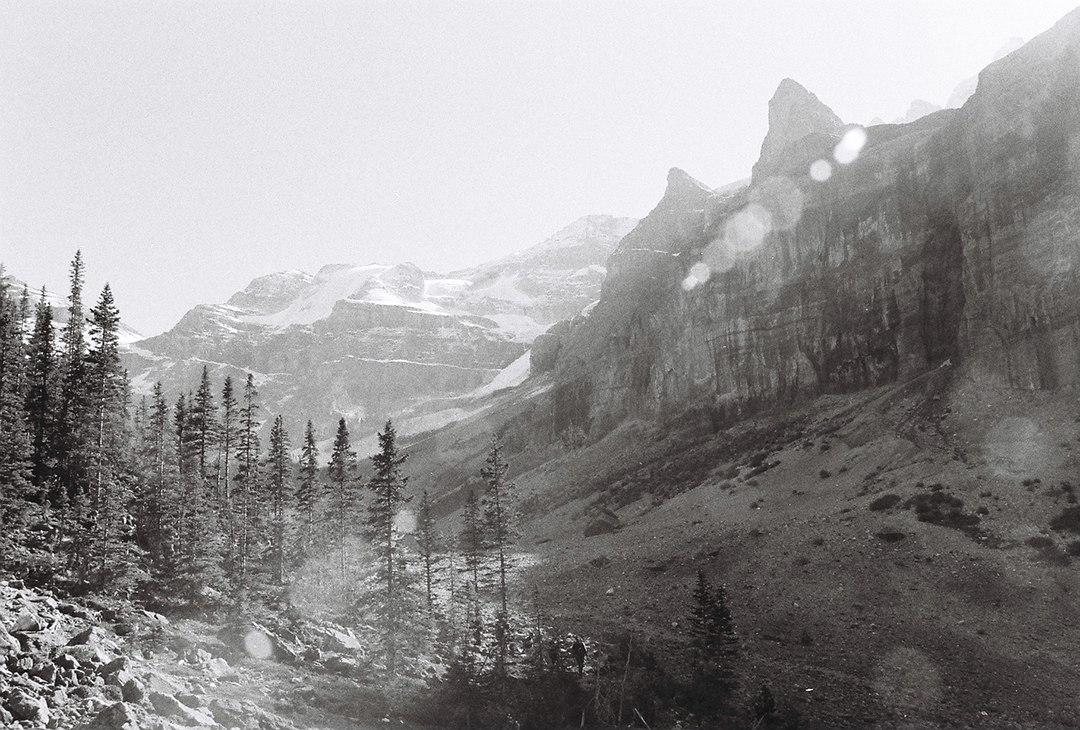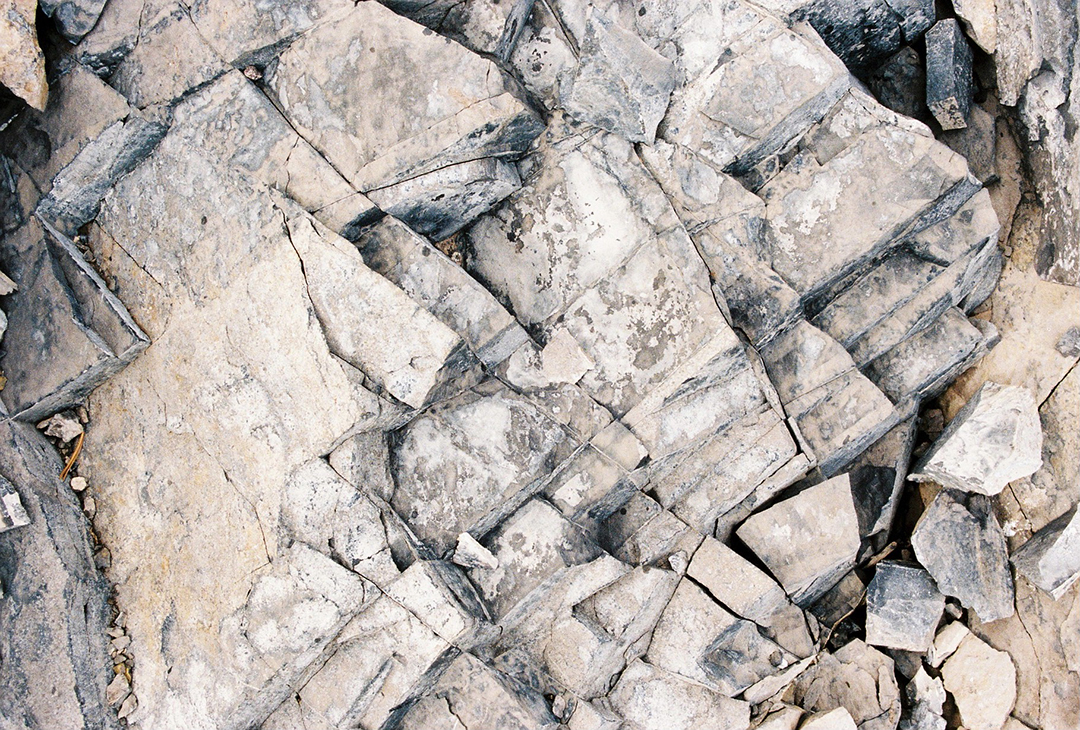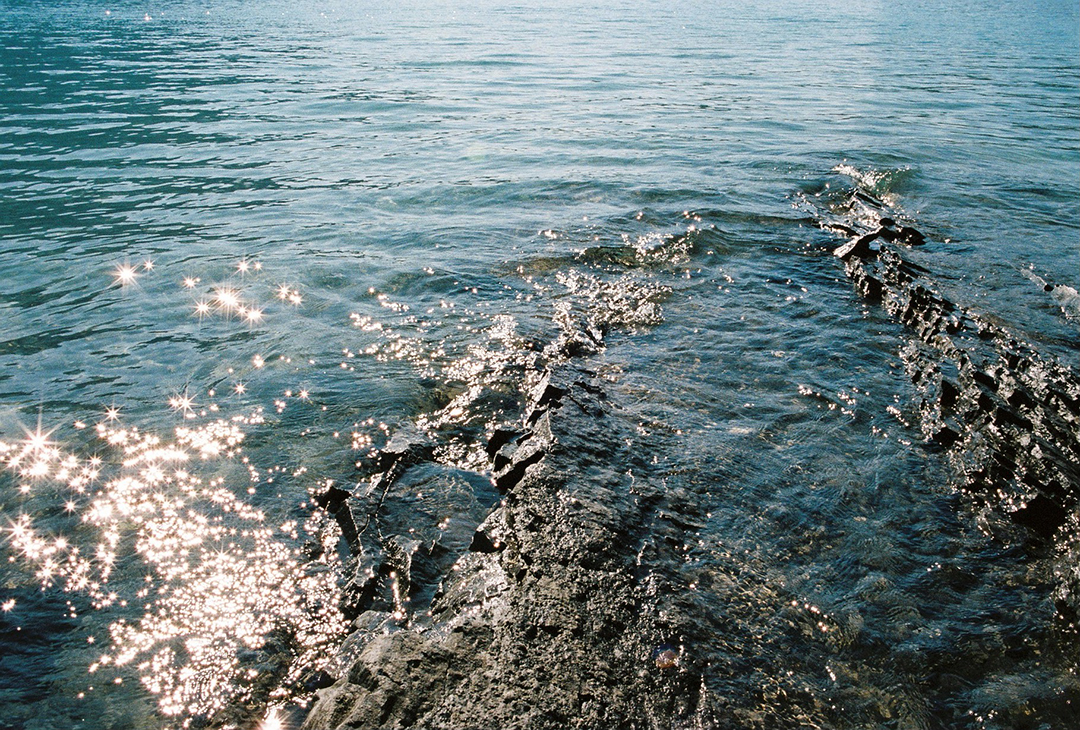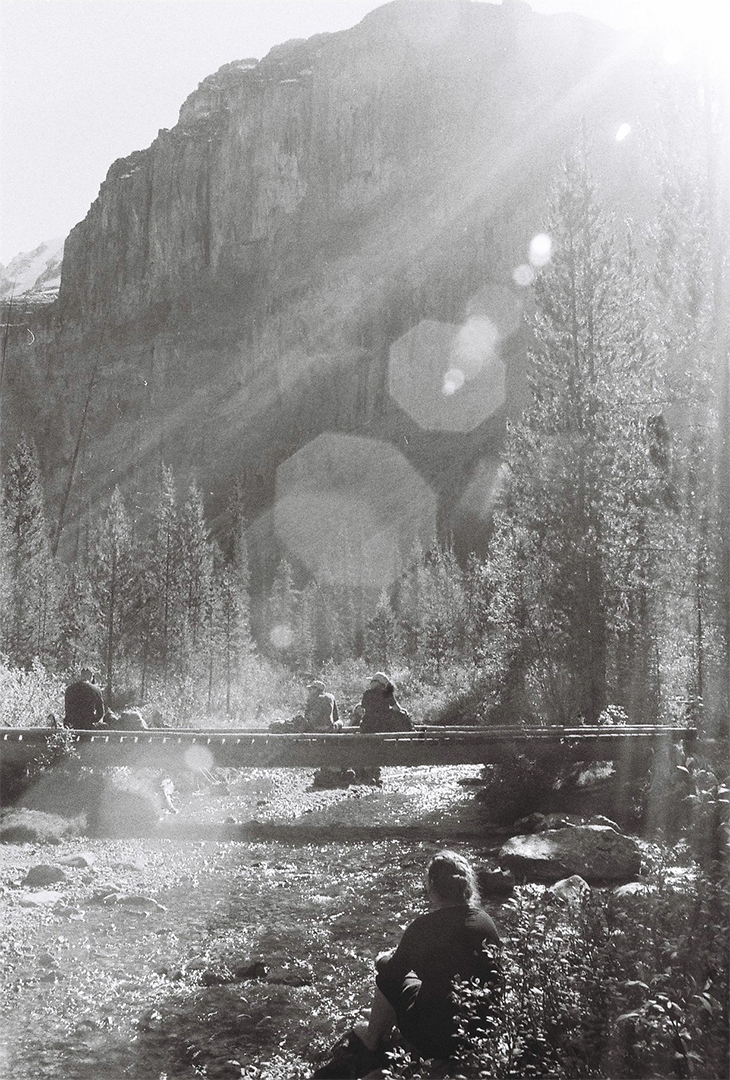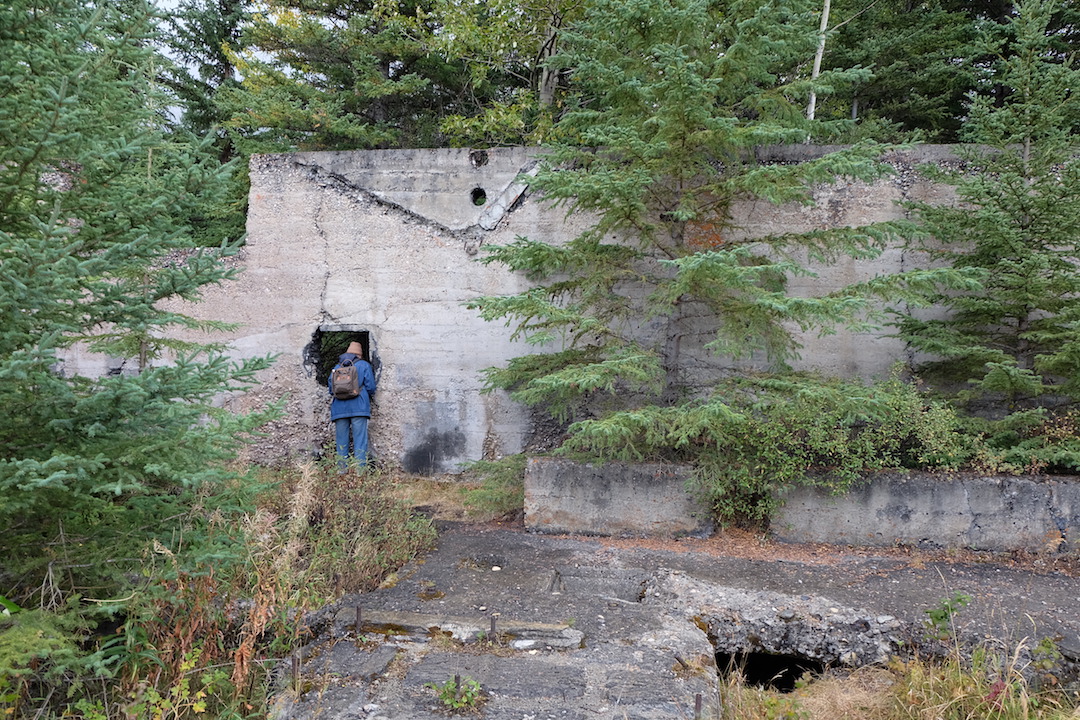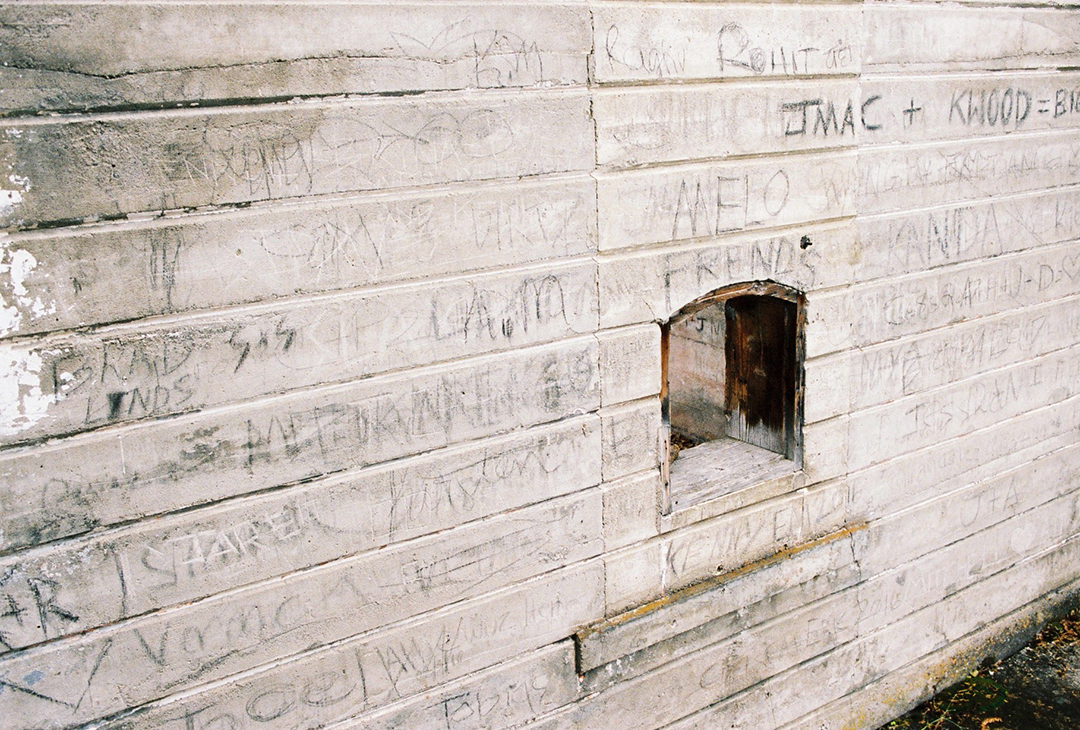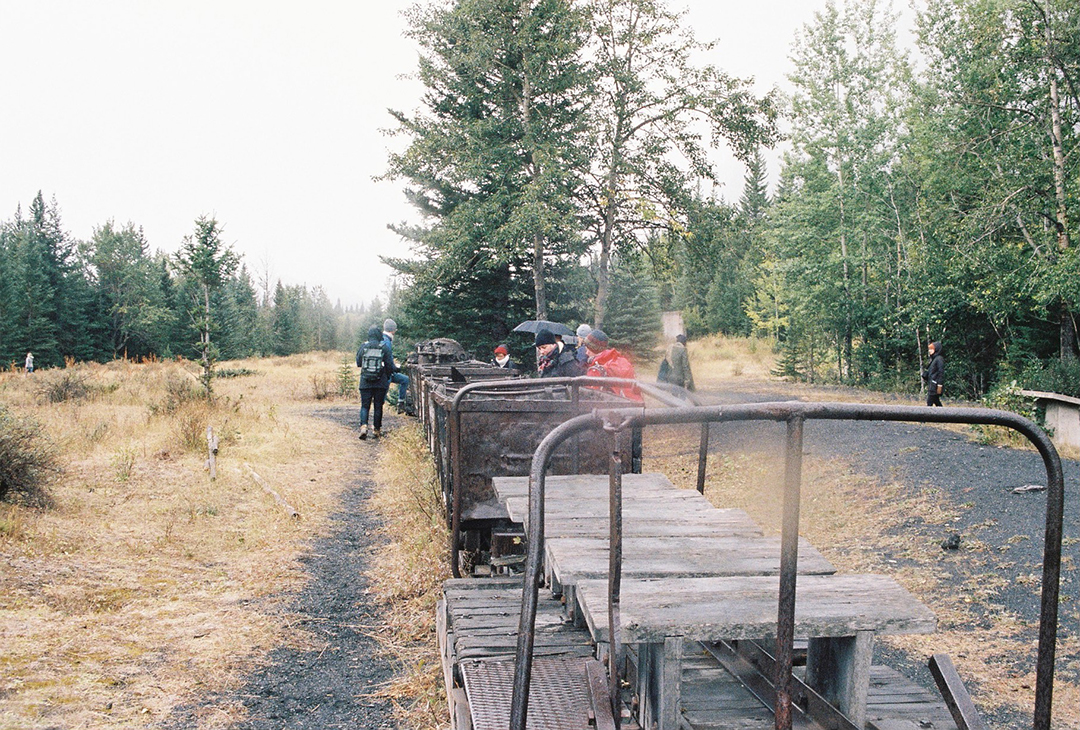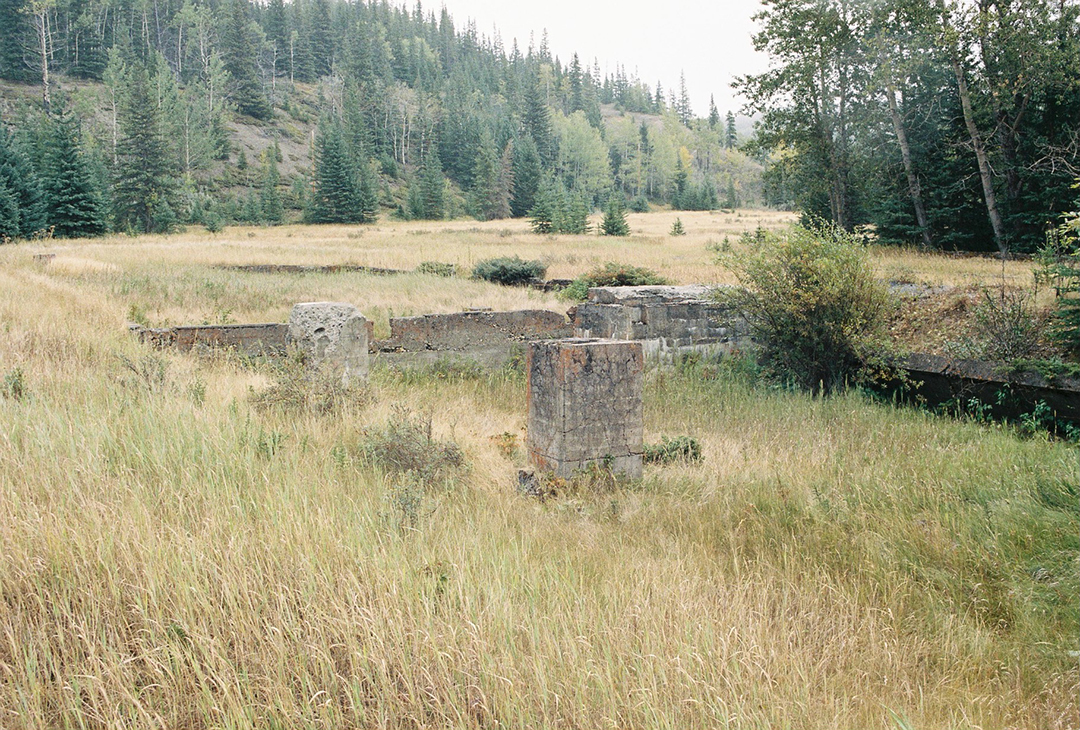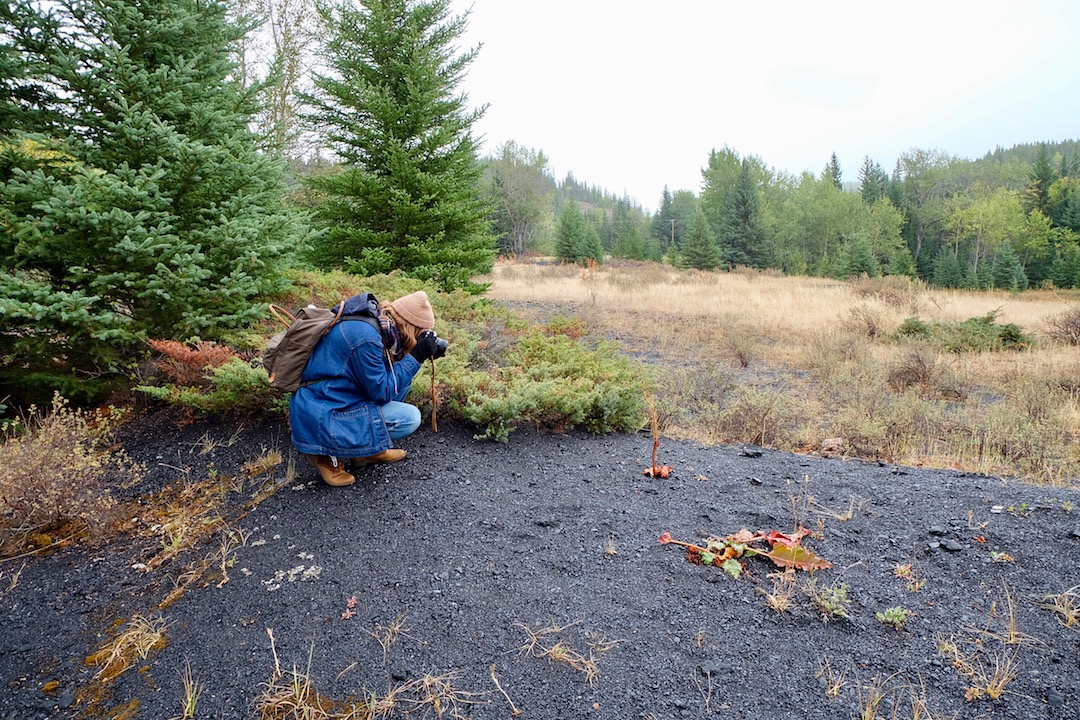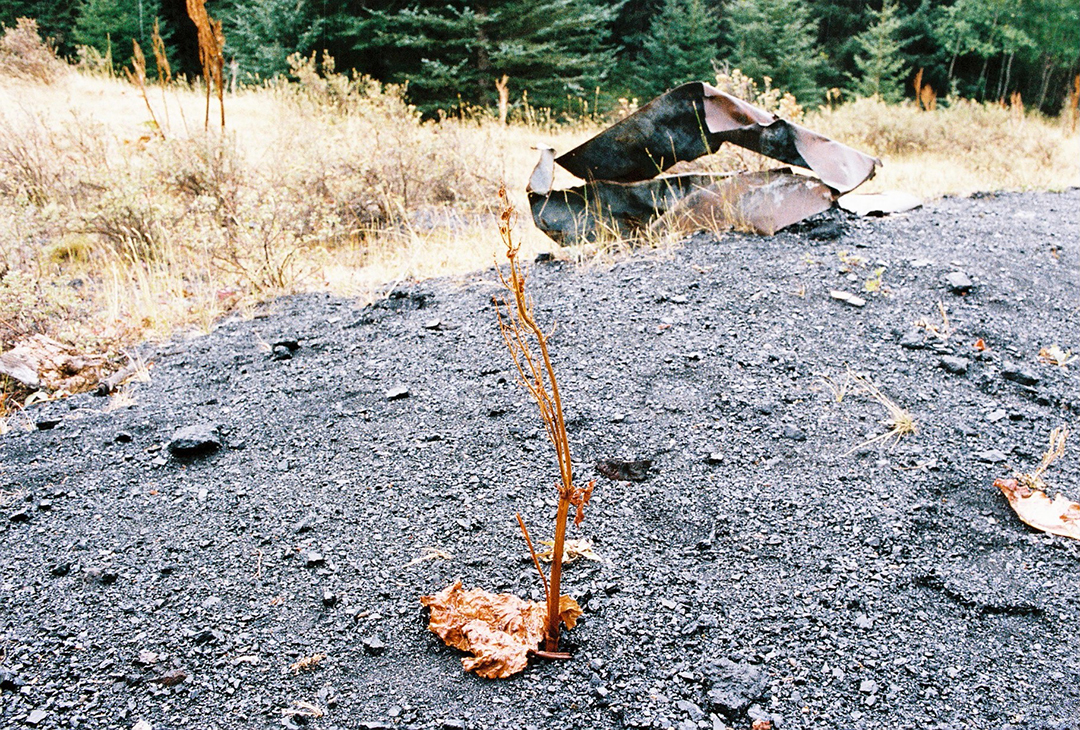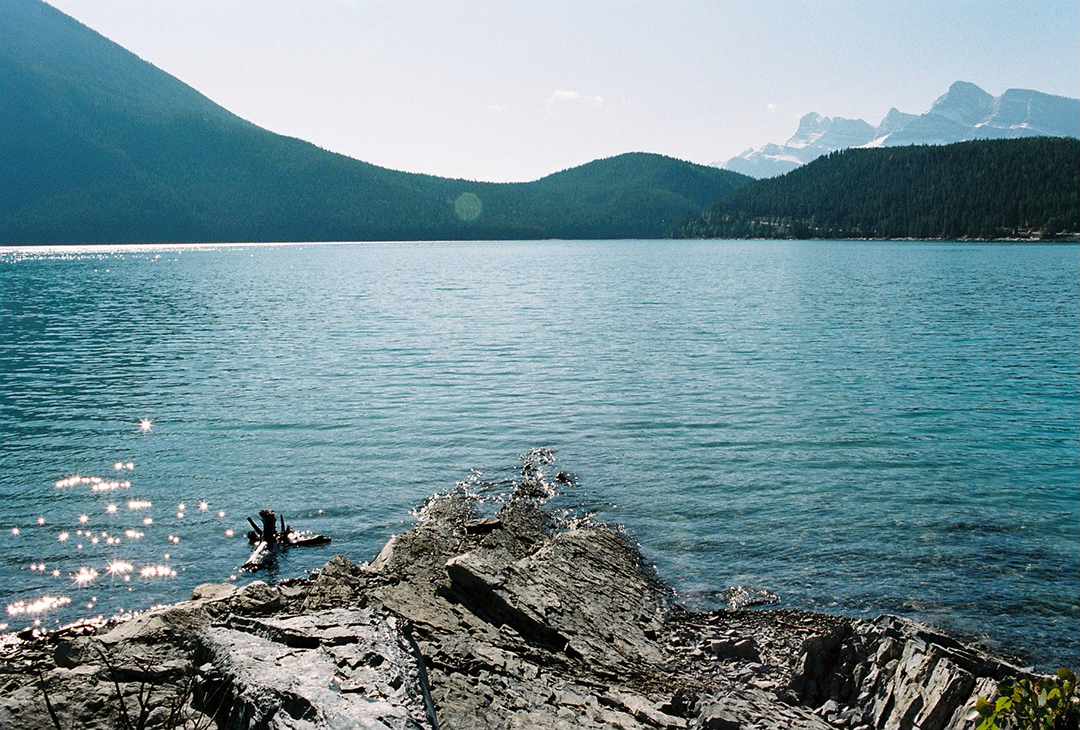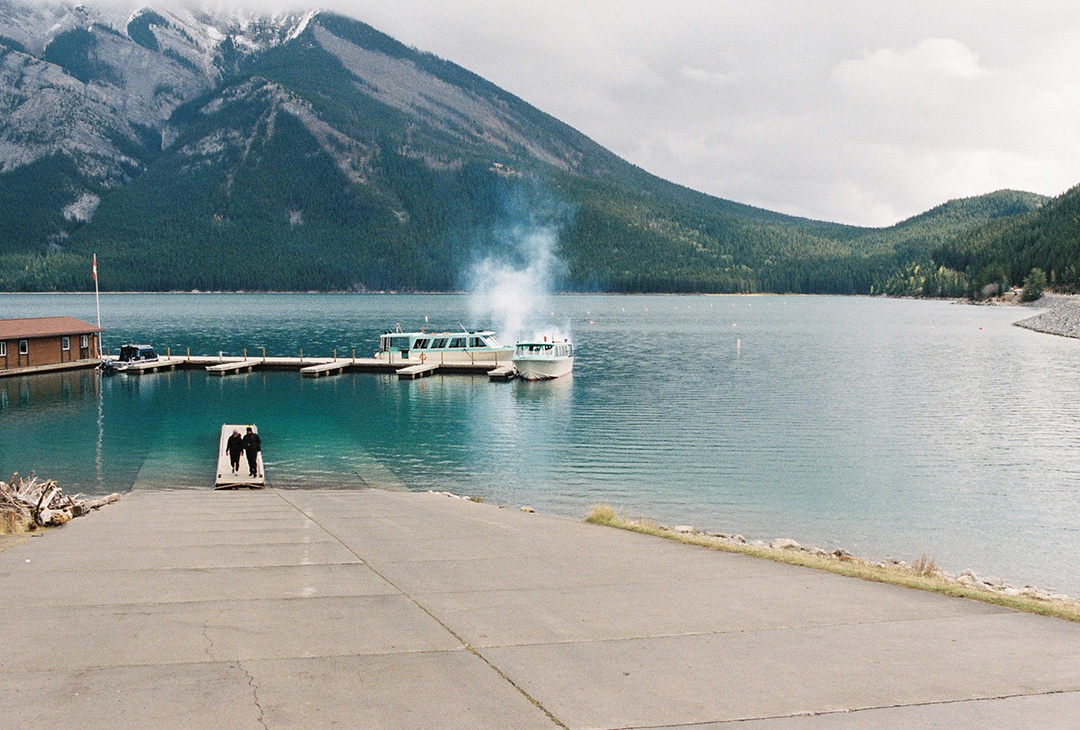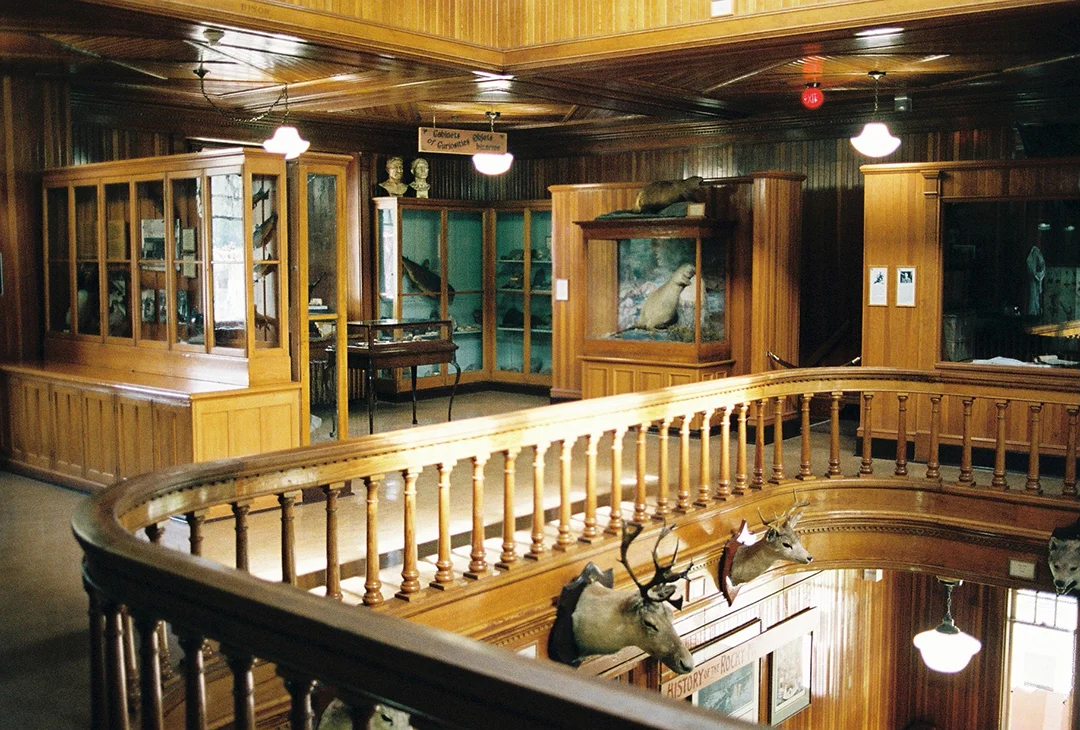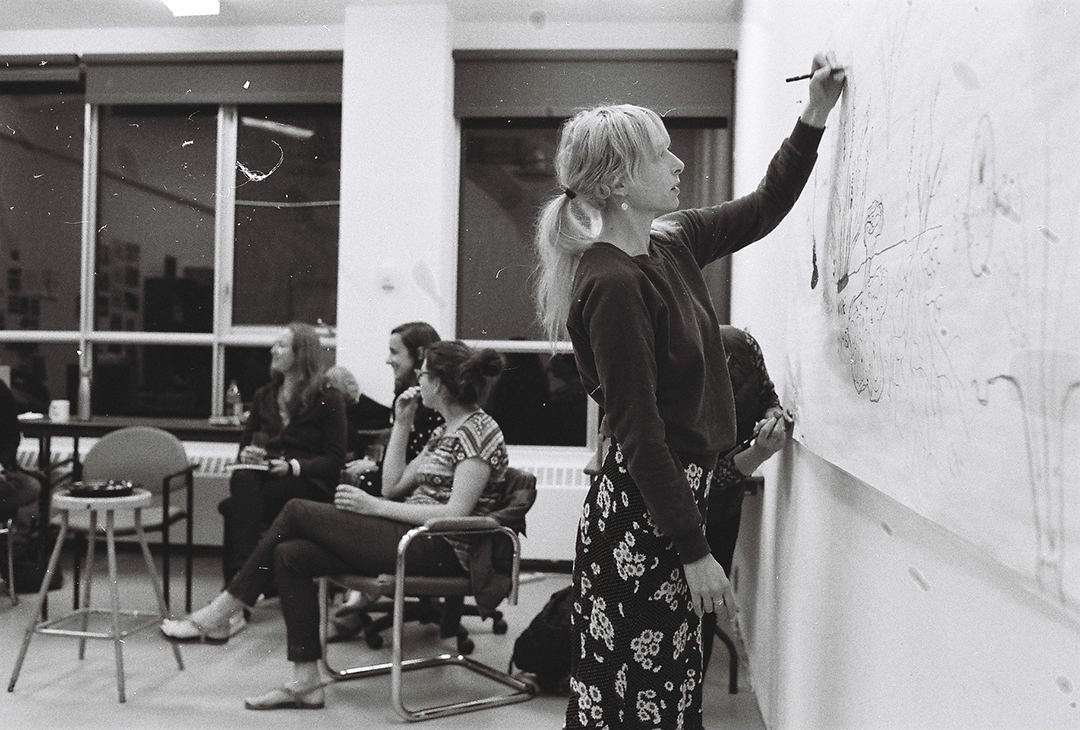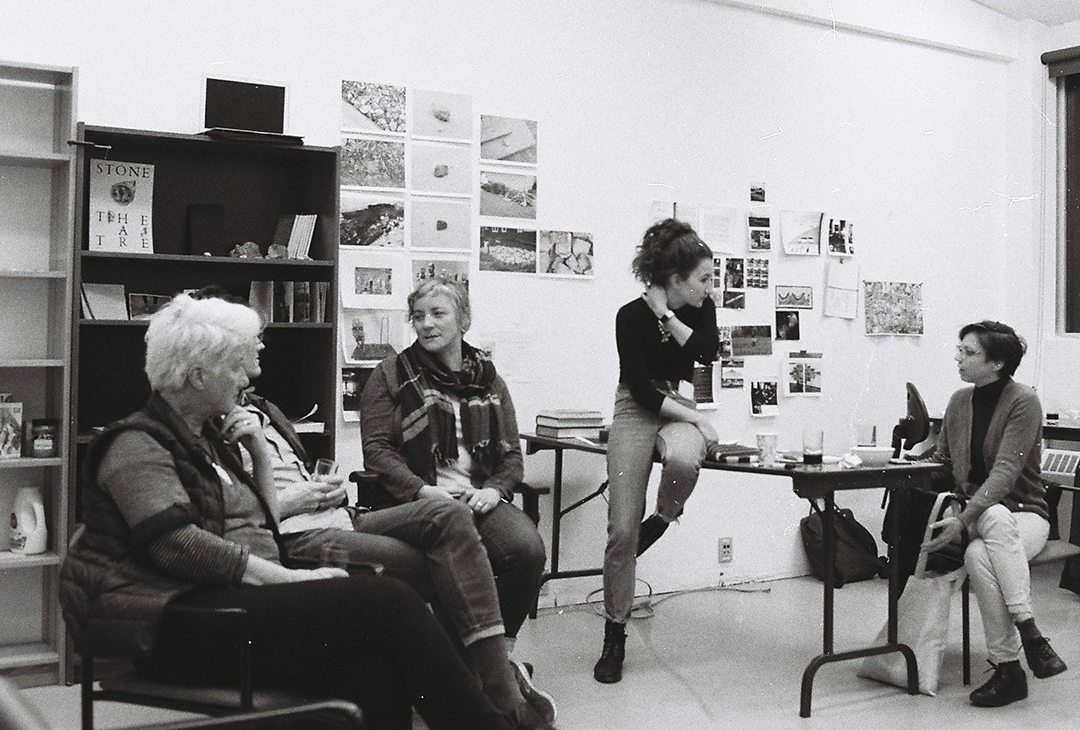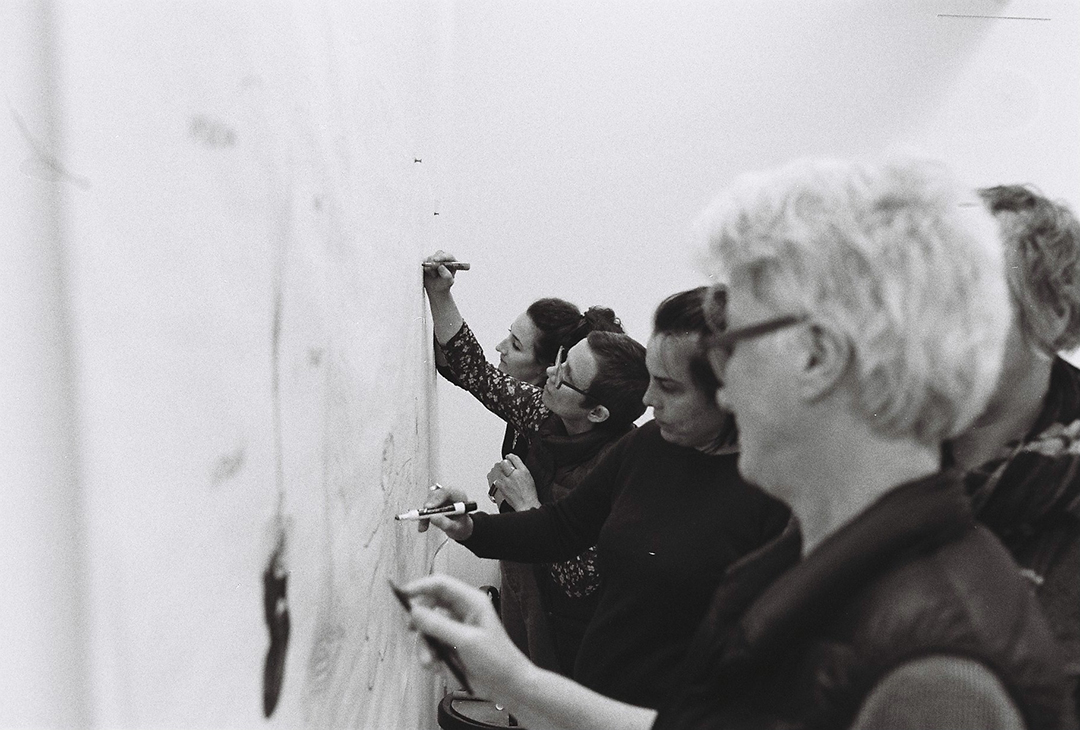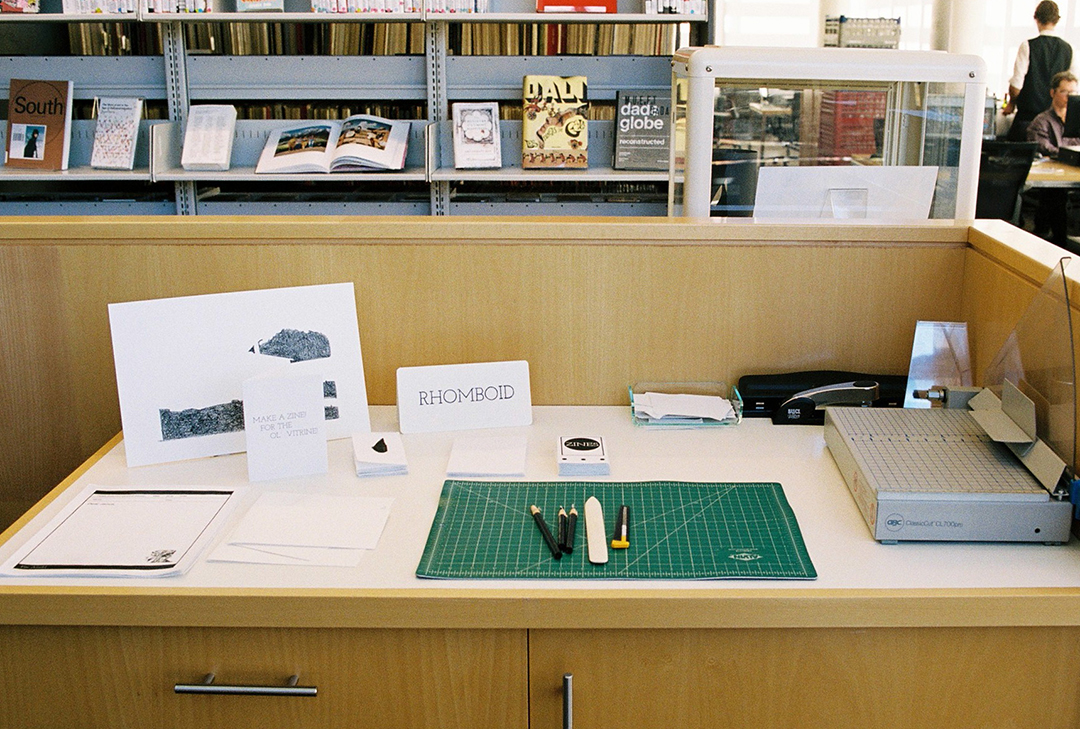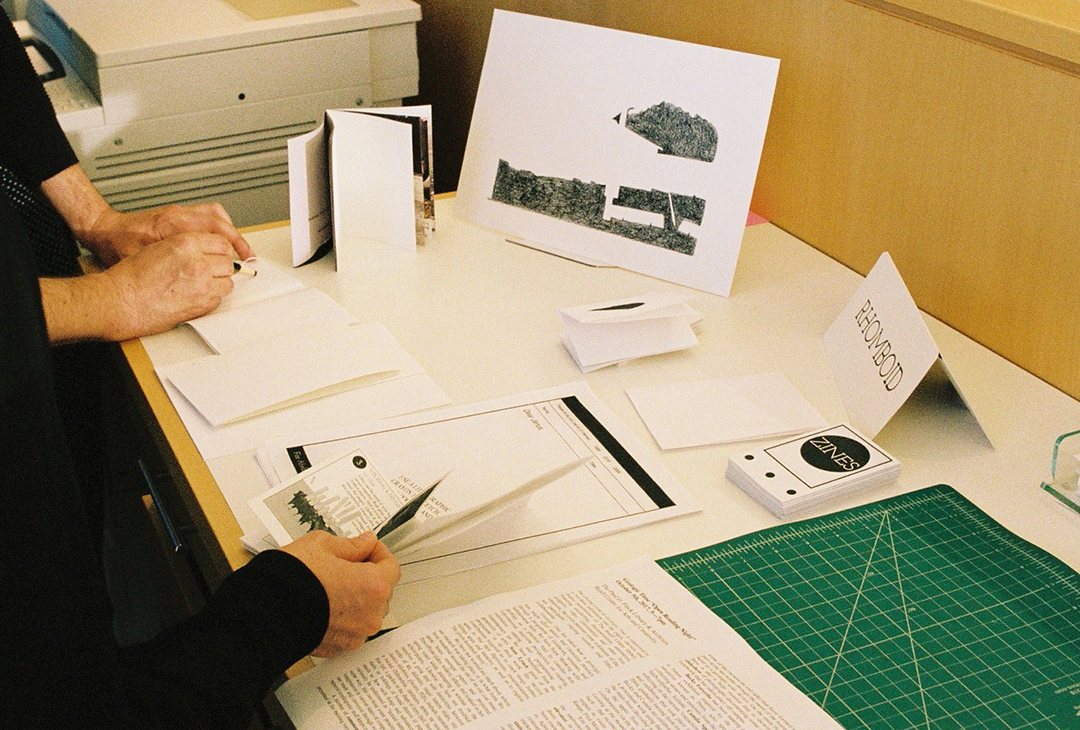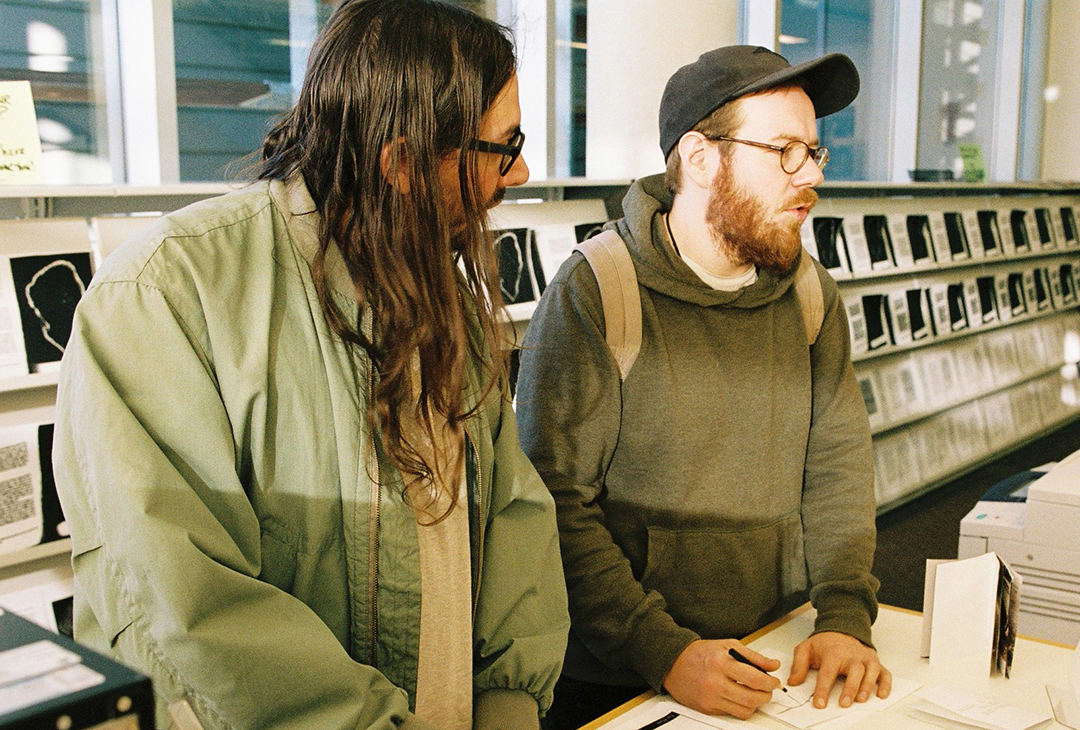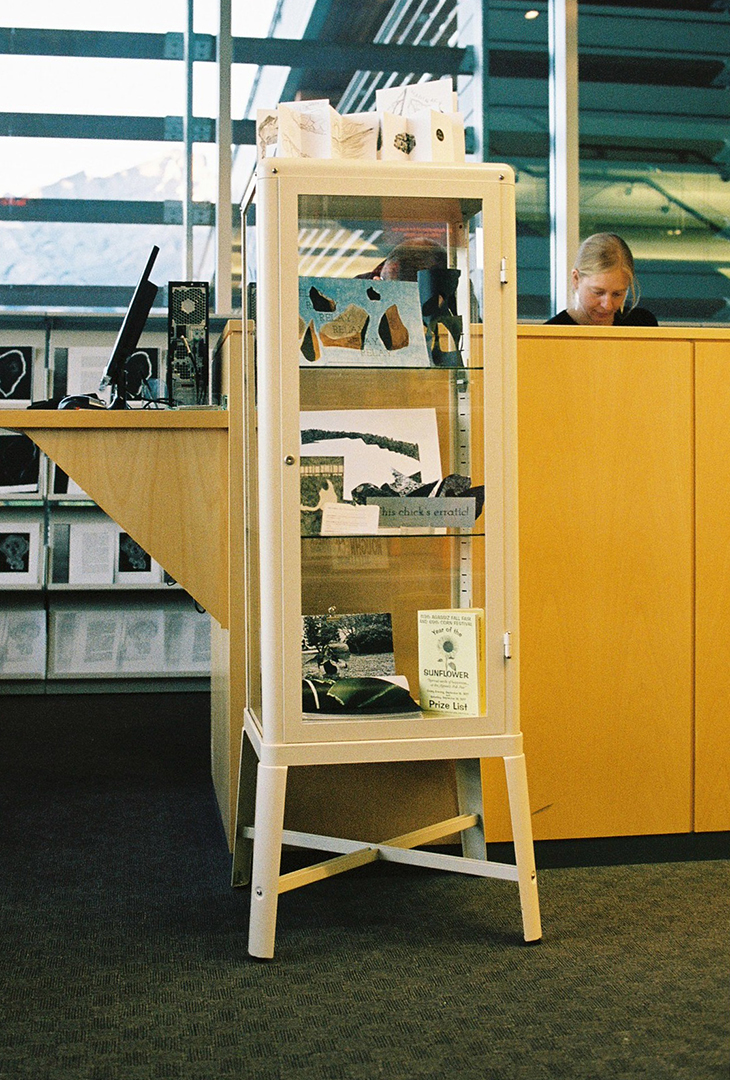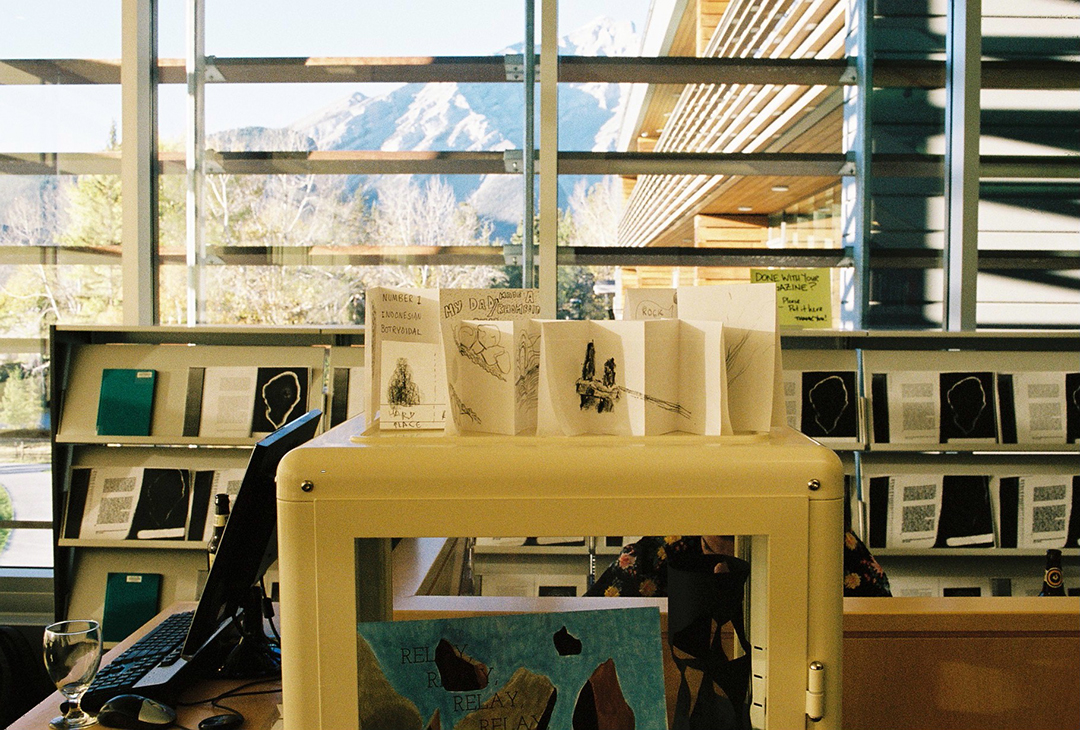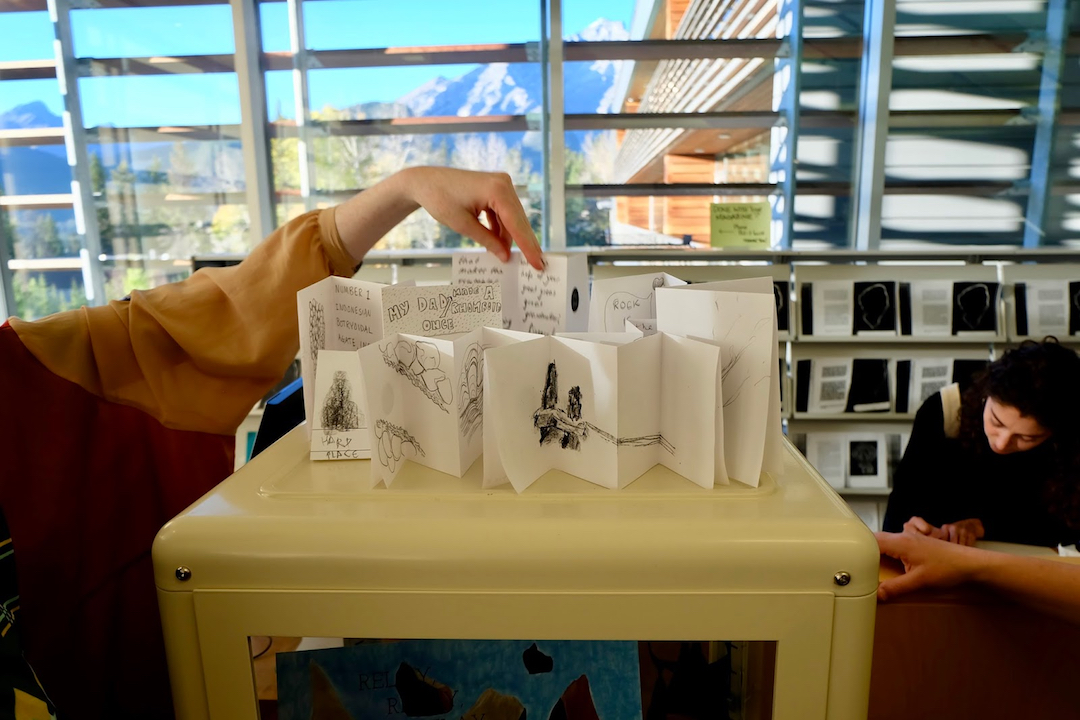Far Afield's library collection has been growing fast this year, thanks to the many generous donations of artists, curators, writers, and zine makers.
Some of the highlights from this year include a unique two-part artist book by Becky Forsythe and Camila Sposati, which was hand-bound by Far Afield for the library. Receding Agate and Receding Rhodochrosite is a collection of pages produced during a procedural artwork that slowly and methodically extracted copies of Agate and Rhodochrosite from Roger Caillois' The Writing of Stones. Each page is a copy of the last, so text begins to harden into pebble-like shapes, and images begin to simplify as darker forms in an experiment of accumulation and sedimentation.
This year, Far Afield also received the entire first year of books in the Lost Rocks series by A Published Event. Lost Rocks (2017–21) is an ambitious, slow-publishing artwork – a library of forty books, four books published twice yearly. The project began when artists Justy Phillips and Margaret Woodward discovered a rock board in a junk shop in Tasmania. Forty out of the fifty-six rock specimens on the board were missing, so the duo began commissioning artists to select an absence from the incomplete board and re-compose it. The collection features work from contemporary artists across the world, and is a fascinating rumination on the mineralogical and the metallurgical.
Lastly, Far Afield now has a collection of artist books, anthologies, and magazines published by Publication Studio in Vancouver. The artist books, including work by Jamey Braden, Tyler Brett, and Catherine de Montreuil, are particularly significant as extensions of the artists' practices. In (Convictions) How I am Queer Because I got Hetero-Married to my Gay Friend, de Montreuil's lengthy marriage is reflected upon in a number of hilarious, depressing, and thoughtful anecdotes. The book is not diaristic. Instead, it reads like a series of memories- the material stuff of most relationships.
.
While the library does not have a permanent physical location, it does travel to Far Afield exhibition sites, and it remains accessible by request.
How to borrow from the library:
- Find a book you are interested in from the catalogue (pdf or online).
- Contact Far Afield to request the item
- The book will then be mailed to you, including the necessary return postage.
- Mail the book back when finished.
How to donate to the library:
- Simply contact Far Afield.
